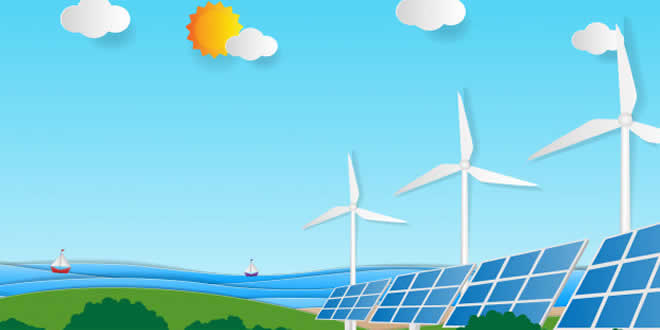Question: What are the methods of preventing or reducing soil erosion?
Answer: The methods of preventing soil erosion are:
- Afforestation: Forests reduce erosion as the roots of trees hold the soil in place.
- Shelter belts: Trees planted in lines or hedges around farmland reduce erosion by reducing the speed of the wind.
- Contour ploughing: Farmers plough land so that furrows lie across the natural slope of the land. These furrows trap water and do not allow it to flow down carrying the topsoil.
- Terrace (or step) farming: A terraced hillside is less likely to be eroded than a natural hillside. Here a series of steps formed by horizontal strips supported by walls, catch the descending water. It gives the water sufficient time to percolate into the soil and nourish the crop.
- Soil cover: Soil left bare after harvesting a crop is often covered with dried vegetation to prevent erosion. Steep slopes that cannot be ploughed are covered with grass or pasture crops.
- Preventing overgrazing: As the grass has a tendency to bind soil molecules, so even a very little grass on a field prevents erosion of soil. But if the grass is overgrazed, it exposes the soil to erosion.
Question: What are the different states in which water is found during the water cycle?
Answer: All three different states of water can be seen during the water cycle. These states are:
- Gaseous state (In the form Of water vapour which evaporates from the surface water).
- Liquid state (It is formed by the condensation of water vapour and can be Seen in the form of rain).
- Solid state (It is formed by the freezing Of liquid droplets in the upper layer of atmosphere which can be seen in the form Of snow, hail Or sleet).
Question: Name two biologically important compounds that contain both oxygen and nitrogen.
Answer: Proteins and nucleic acids (DNA and RNA).
Question: List any three human Which would lead to an increase in the carbon dioxide content of air.
Answer: Three human activities which would lead to an increase in the CO2 content of air are:
- Respiration: It is the natural process Of release Of CO2 by both plants and animals. But this release is neither dangerous nor it has any adverse effect on our environment.
- Combustion of fuels: The various types of fuels are burnt to provide energy for various needs like heating, cooking, transportation and industrial fuels.
- Deforestation: Trees help in the conversion Of CO2 into organic compounds such as glucose, starch, etc., by the process of photosynthesis. When these trees are cut non-judiciously, then the level of CO2 increases in our environment.
Question: What is the greenhouse effect?
Answer: Some gases prevent the escape of heat from the Earth. An increase in the percentage Of such gases in the atmosphere would cause the average temperatures to increase worldwide and this is called the greenhouse effect.
Question: What are the two forms of oxygen found in the atmosphere ?
Answer:
- Elemental oxygen is normally found in the form Of a diatomic molecule (O2) in the lower regions Of the atmosphere to the extent of 21%. It is non-poisonous form Of oxygen.
- But in the upper reaches Of the atmosphere (stratosphere), it occurs in the form of ozone, containing three atoms of oxygen and having the molecular formula O3. It is the poisonous form of oxygen.
Some other forms of Oxygen:
It also Occurs extensively in the combined form in the Earth’s crust as well as also in the air in the form of carbon dioxide. In the crust, it is found as the oxides of most metals and silicon, and also as carbonate, sulphate, nitrate and other minerals. It is also an essential component Of most biological molecules like carbohydrates, proteins, nucleic acids and fats (or lipids).
 Class Notes NCERT Solutions for CBSE Students
Class Notes NCERT Solutions for CBSE Students



